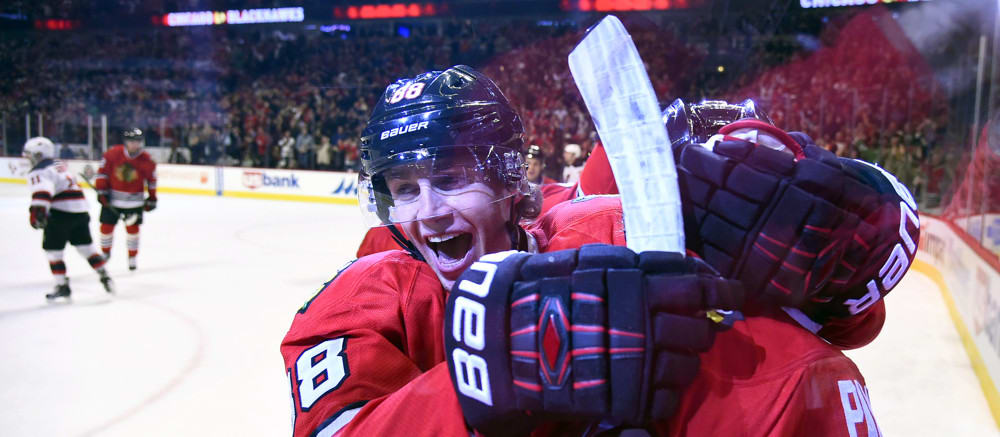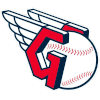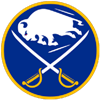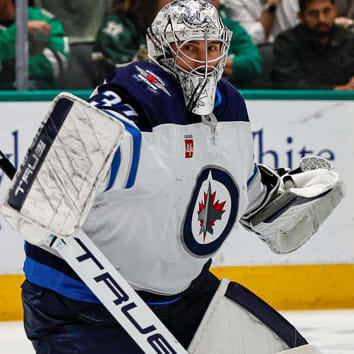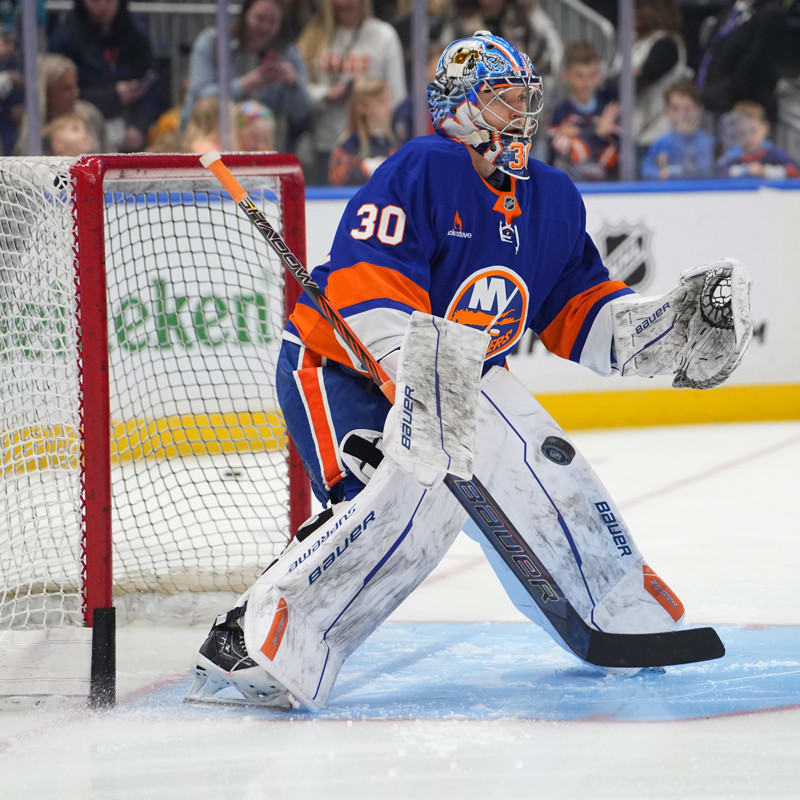First and foremost, it's important to come to your draft prepared. That means having your research done, not only on the players you're hoping to draft, but also on your league settings. Your number of competitors, as well as whether you're in a points or categories league, and to a lesser extent whether or not you're in a head-to-head format, all affect your draft-day strategy. Roster settings are also something to keep in mind, as bench size, positional limits and number of IR slots can all play a role in your approach.
That said, the remainder of this column will focus on snake drafts in default Yahoo! Fantasy Hockey leagues, which employ a head-to-head format with 10 categories: goals, assists, plus/minus, power-play points, shots on goal and hits for skaters, as well as wins, GAA, save percentage and shutouts for goalies.
Now that we've covered pre-draft preparation, let's move on to some tips and strategies for once you get into the draft...
Know the drop-offs and defaults
A common strategy when putting together your pre-draft cheat sheet is to separate players into tiers. Making pre-draft tiers is only half the battle, though, as using them properly during the draft is just as important. Whether you make custom rankings or use the provided defaults, knowing when a position is about to experience a major drop-off is key to accruing as much talent as possible. For example, if you're angling to get a goalie early, drafting the last of Robin Lehner
First and foremost, it's important to come to your draft prepared. That means having your research done, not only on the players you're hoping to draft, but also on your league settings. Your number of competitors, as well as whether you're in a points or categories league, and to a lesser extent whether or not you're in a head-to-head format, all affect your draft-day strategy. Roster settings are also something to keep in mind, as bench size, positional limits and number of IR slots can all play a role in your approach.
That said, the remainder of this column will focus on snake drafts in default Yahoo! Fantasy Hockey leagues, which employ a head-to-head format with 10 categories: goals, assists, plus/minus, power-play points, shots on goal and hits for skaters, as well as wins, GAA, save percentage and shutouts for goalies.
Now that we've covered pre-draft preparation, let's move on to some tips and strategies for once you get into the draft...
Know the drop-offs and defaults
A common strategy when putting together your pre-draft cheat sheet is to separate players into tiers. Making pre-draft tiers is only half the battle, though, as using them properly during the draft is just as important. Whether you make custom rankings or use the provided defaults, knowing when a position is about to experience a major drop-off is key to accruing as much talent as possible. For example, if you're angling to get a goalie early, drafting the last of Robin Lehner, Darcy Kuemper or Connor Hellebuyck late in the second round or early in the third is recommended over reaching for Igor Shesterkin right after the last of those three goes -- since Shesterkin heads up the next tier of goalies, which consists of four guys going about 20 picks after the Lehner/Kuemper/Hellebuyck trio. You're better off addressing another need first and circling back to goalies later rather than reaching for a netminder when the one you wanted gets snatched with the pick before yours. In the same vein, it doesn't hurt to look at the default rankings even if you build your own, just to know the baseline most people are working with. That way, if you're picking between two players on your cheat sheet but you know Player A is going two rounds after Player B, drafting B first might just allow you to land both.
Don't get left out in the cold in net
Waiting on goalies is fine, but there's only so much crease time to go around, and even less on quality teams. While having a goalie sleeper you like in your back pocket can allow you to focus on skaters early, it's important to at least grab two solid starters in net, as plugging a hole between the pipes from the waiver wire is much tougher than replacing an underperforming forward or defenseman. With three or four players on your roster responsible for four of the 10 categories, getting the goalie position right should be among your top priorities on draft day.
Keep every category in mind
Goals are much flashier than hits and mean a lot more inside the real hockey rink, but winning the hits category is just as important as winning the goals category in your weekly matchup. That doesn't mean you should be seeking out hits specialists in the early rounds, but rather that you should aim for a lineup without an obvious weakness in any particular category. Targeting well-rounded players who bring both skill and physicality can help you naturally craft a well-rounded lineup, and grabbing guys from winning teams should ensure plus-minus isn't an issue, either. When in doubt, go with multi-category contributors over streaky snipers who will ultimately drag you down every time they suffer a scoring drought.
You can never have too much talent
Diversifying your roster is important, but at the end of the day, the draft is about accumulating as many good players as possible. If you already have three great left wingers on your roster but you think another player at that position is by far the best player available, grab him and don't think twice. Hockey's a physical sport and injuries will inevitably strike your roster, plus you don't have every team playing on the same day like the NFL, so your bench should get a fair amount of action on all but the busiest of nights across the league. Plus, if your production ends up too concentrated in a single position, you can always turn to the trade market to address a weakness by dealing from a position of strength.
Don't forget about stacking
While stacking is an essential part of lineup-building strategy in daily fantasy, it's far from a must-have in season-long leagues but can certainly make a difference. The premise is simple: grab multiple players from the same team so you get double the benefits when they set each other up for goals. This primarily applies to two forwards deployed on the same line but can also work for two members of the same power-play unit, so don't discount doing so with a forward and a defenseman. Building stacks shouldn't be a priority early in the draft but it can help raise your team's ceiling in the later rounds, either by complementing an early pick with a later or selection or just grabbing a set of teammates in the latter portion of the draft. If you have the roster flexibility and prediction ability, stacking will allow you to fill your lineup with players in position to take advantage of favorable matchups, and you can bench most or all of those guys against tougher opponents.
Target upside late
You can't really lose your league in the later rounds -- there will be replacements to be found on the waiver wire -- but you can certainly win it with some savvy sleeper picks. Once you've laid a solid base in the early and middle rounds by adhering to the advice above, you can afford to throw some darts at high-risk, high-reward propositions toward the end of the draft. Whether it's a high-ceiling youngster, a free agent signing ready to take off with his new team or one of the other common sleeper archetypes, the upside of the new and exciting trumps the safety of the old and boring towards the latter stages of the draft. This becomes more evident with each passing round as the established talent thins out.


